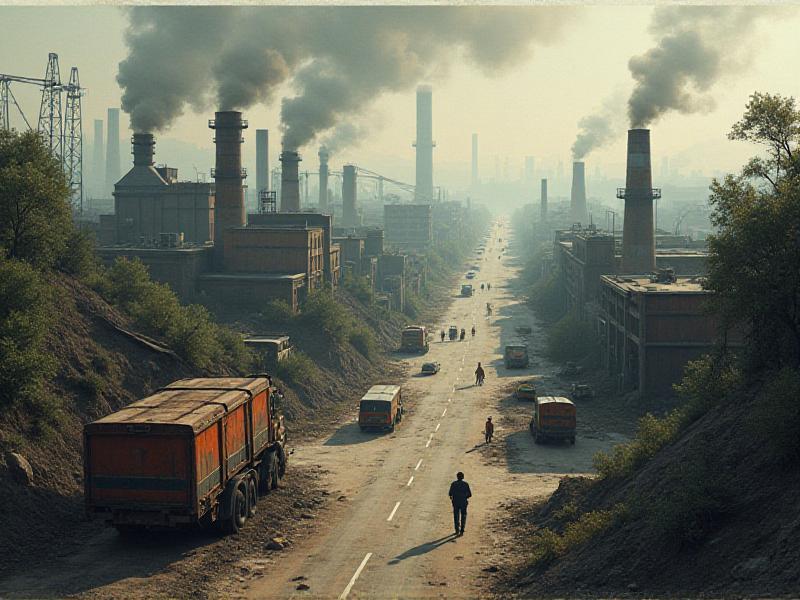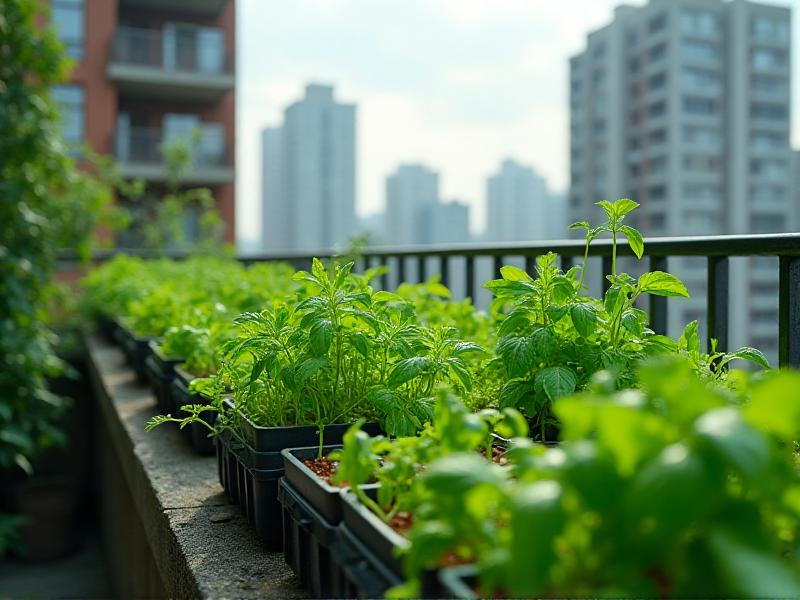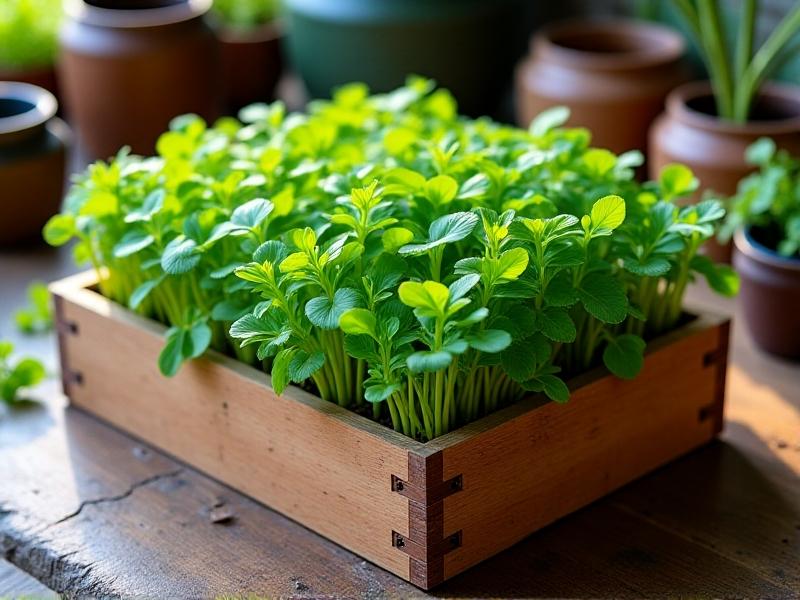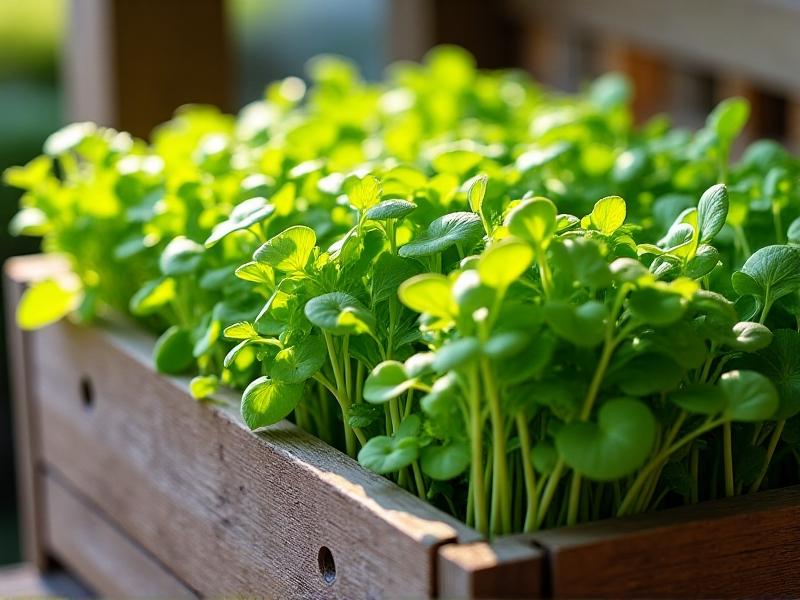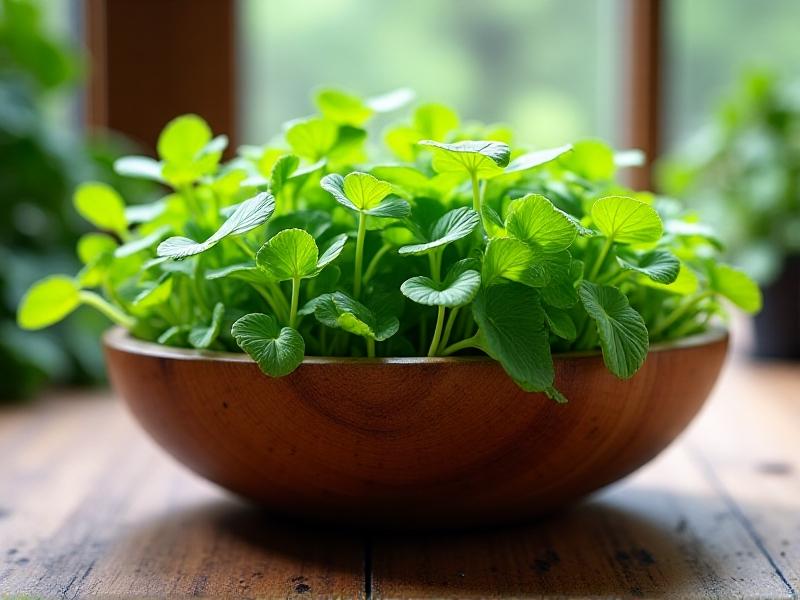Climate Control Systems for Warehouse Farming
The Importance of Climate Control in Warehouse Farming
Warehouse farming, also known as vertical farming or controlled environment agriculture (CEA), is revolutionizing the way we grow food. Unlike traditional farming, which relies on natural weather conditions, warehouse farming allows for precise control over environmental factors. Among these, climate control systems play a pivotal role in ensuring optimal plant growth, maximizing yield, and minimizing resource waste.
Climate control systems in warehouse farming manage temperature, humidity, airflow, and CO2 levels. These systems are essential because they create a stable environment that can be tailored to the specific needs of different crops. For instance, leafy greens like lettuce thrive in cooler temperatures, while tomatoes require warmer conditions. By maintaining the ideal climate, farmers can grow crops year-round, regardless of external weather conditions.
Moreover, climate control systems contribute to sustainability. They reduce water usage through recirculation systems and minimize the need for pesticides by creating an environment less hospitable to pests. As the global population continues to grow, and arable land becomes scarcer, warehouse farming with advanced climate control systems offers a viable solution to meet the increasing demand for food.
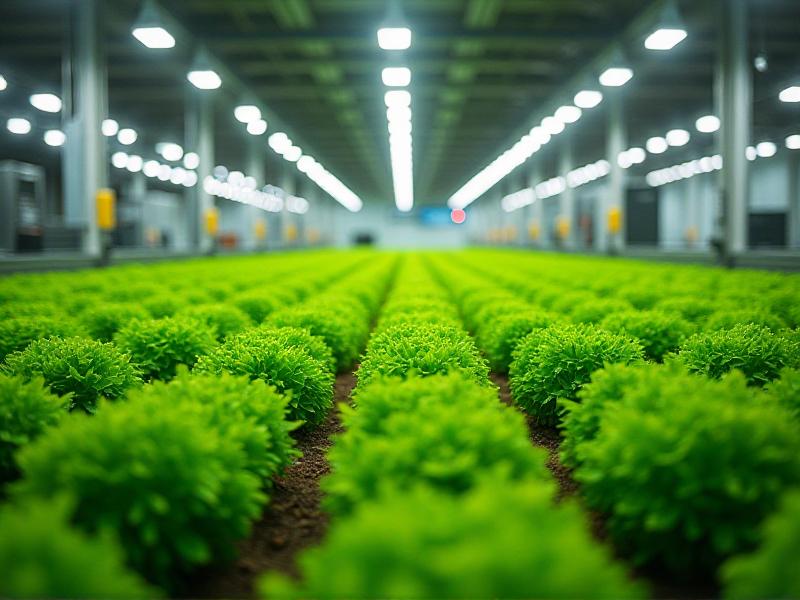
Key Components of Climate Control Systems
Climate control systems in warehouse farming are composed of several key components that work together to create the perfect growing environment. These include heating, ventilation, and air conditioning (HVAC) systems, humidifiers and dehumidifiers, CO2 generators, and advanced monitoring systems.
HVAC systems are the backbone of climate control, regulating temperature and airflow. They ensure that the warehouse remains within the desired temperature range, which is crucial for plant health. Humidifiers and dehumidifiers maintain the right level of humidity, preventing issues like mold growth or dehydration of plants. CO2 generators enhance photosynthesis by increasing the concentration of carbon dioxide, which is essential for plant growth.
Advanced monitoring systems, often integrated with IoT technology, allow farmers to track and adjust environmental conditions in real-time. Sensors placed throughout the warehouse collect data on temperature, humidity, CO2 levels, and light intensity. This data is then analyzed to make informed decisions, ensuring that the climate control system operates efficiently and effectively.

Energy Efficiency in Climate Control Systems
One of the challenges of warehouse farming is the high energy consumption associated with climate control systems. However, advancements in technology are making these systems more energy-efficient, reducing both costs and environmental impact.
Energy-efficient HVAC systems, for example, use variable speed drives and heat recovery units to minimize energy use. LED lighting, which is commonly used in warehouse farming, is not only energy-efficient but also produces less heat, reducing the load on cooling systems. Additionally, renewable energy sources like solar panels can be integrated into the warehouse infrastructure to further decrease reliance on non-renewable energy.
Smart climate control systems also contribute to energy efficiency. By using data analytics and machine learning, these systems can predict and adjust to changes in environmental conditions, optimizing energy use. For instance, during periods of low light, the system can reduce CO2 levels and adjust temperature settings to conserve energy without compromising plant growth.
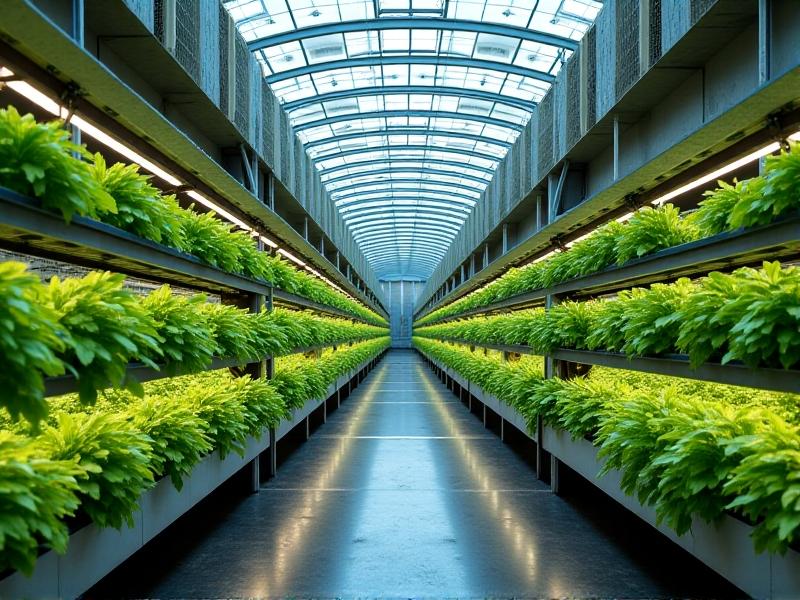
The Role of Automation in Climate Control
Automation is transforming climate control systems in warehouse farming, making them more precise and less labor-intensive. Automated systems can monitor and adjust environmental conditions without human intervention, ensuring consistency and reducing the risk of human error.
Automated climate control systems use a combination of sensors, actuators, and control algorithms to maintain the desired environment. For example, if the temperature rises above a set threshold, the system can automatically activate cooling mechanisms. Similarly, if humidity levels drop, the system can increase misting or activate humidifiers.
These systems can also be integrated with other automated processes in the warehouse, such as irrigation and lighting. This integration creates a seamless operation where all aspects of the farming process are synchronized, leading to higher efficiency and productivity. As automation technology continues to evolve, it is expected to play an even greater role in the future of warehouse farming.
Challenges and Solutions in Climate Control for Warehouse Farming
While climate control systems offer numerous benefits, they also present challenges that need to be addressed. One of the primary challenges is the high initial cost of installing and maintaining these systems. However, the long-term benefits, such as increased yield and reduced resource consumption, often outweigh the initial investment.
Another challenge is the complexity of managing multiple environmental factors simultaneously. For example, adjusting temperature without affecting humidity levels can be difficult. Advanced control systems that use machine learning and AI can help overcome this challenge by predicting the impact of changes and making adjustments accordingly.
Energy consumption is another concern, but as discussed earlier, energy-efficient technologies and renewable energy sources can mitigate this issue. Additionally, ongoing research and development are leading to more innovative solutions, such as the use of phase-change materials for temperature regulation and advanced filtration systems for maintaining air quality.
The Future of Climate Control in Warehouse Farming
The future of climate control in warehouse farming is promising, with continuous advancements in technology driving innovation. One of the most exciting developments is the integration of AI and machine learning into climate control systems. These technologies can analyze vast amounts of data to optimize environmental conditions, predict potential issues, and make real-time adjustments.
Another trend is the use of blockchain technology to enhance transparency and traceability in the farming process. By recording data on climate conditions, energy use, and crop growth on a blockchain, farmers can provide consumers with detailed information about the origin and quality of their produce.
As the demand for sustainable and locally grown food increases, warehouse farming with advanced climate control systems is likely to become more widespread. These systems not only offer a solution to the challenges of traditional farming but also pave the way for a more sustainable and resilient food system.
